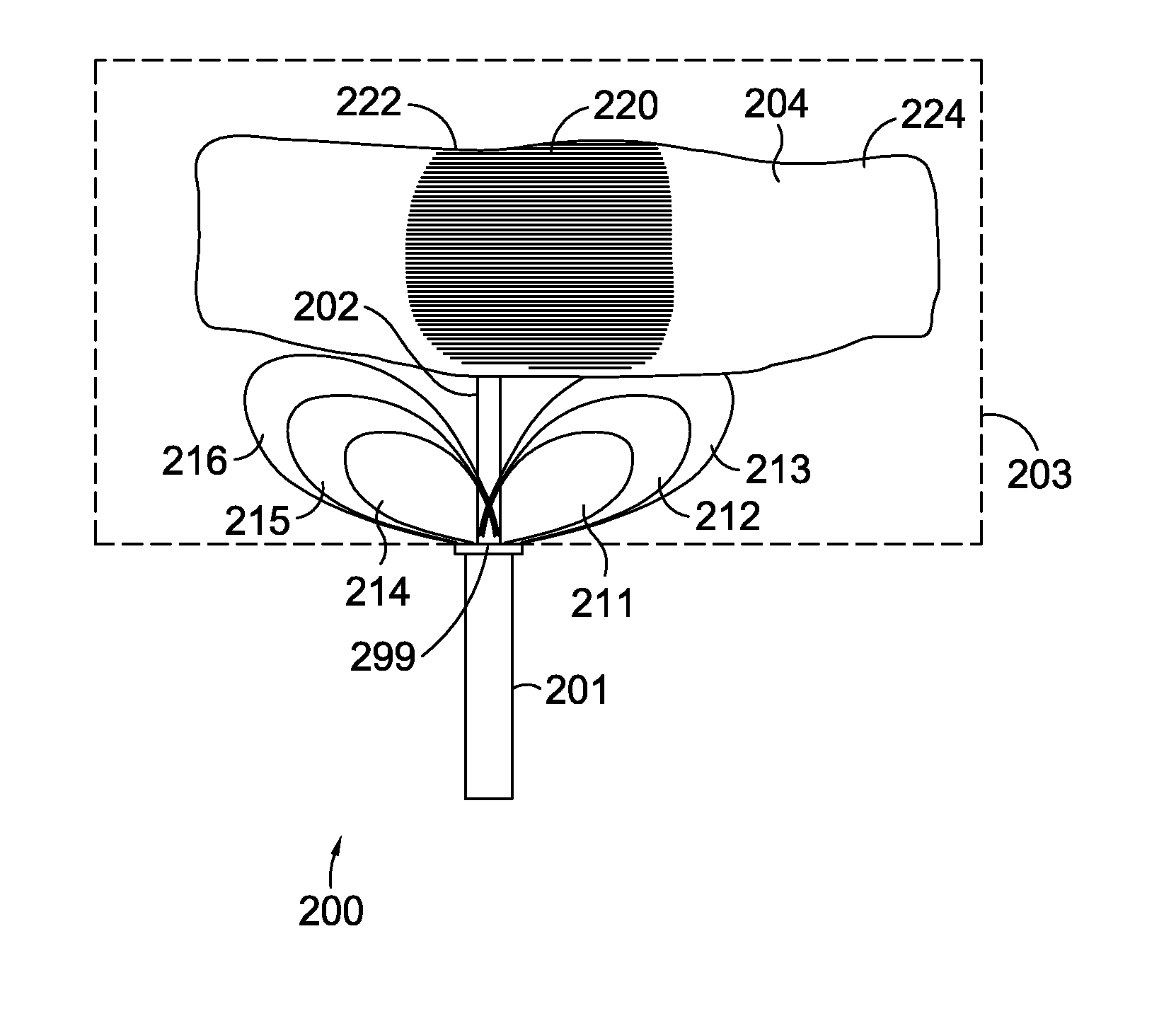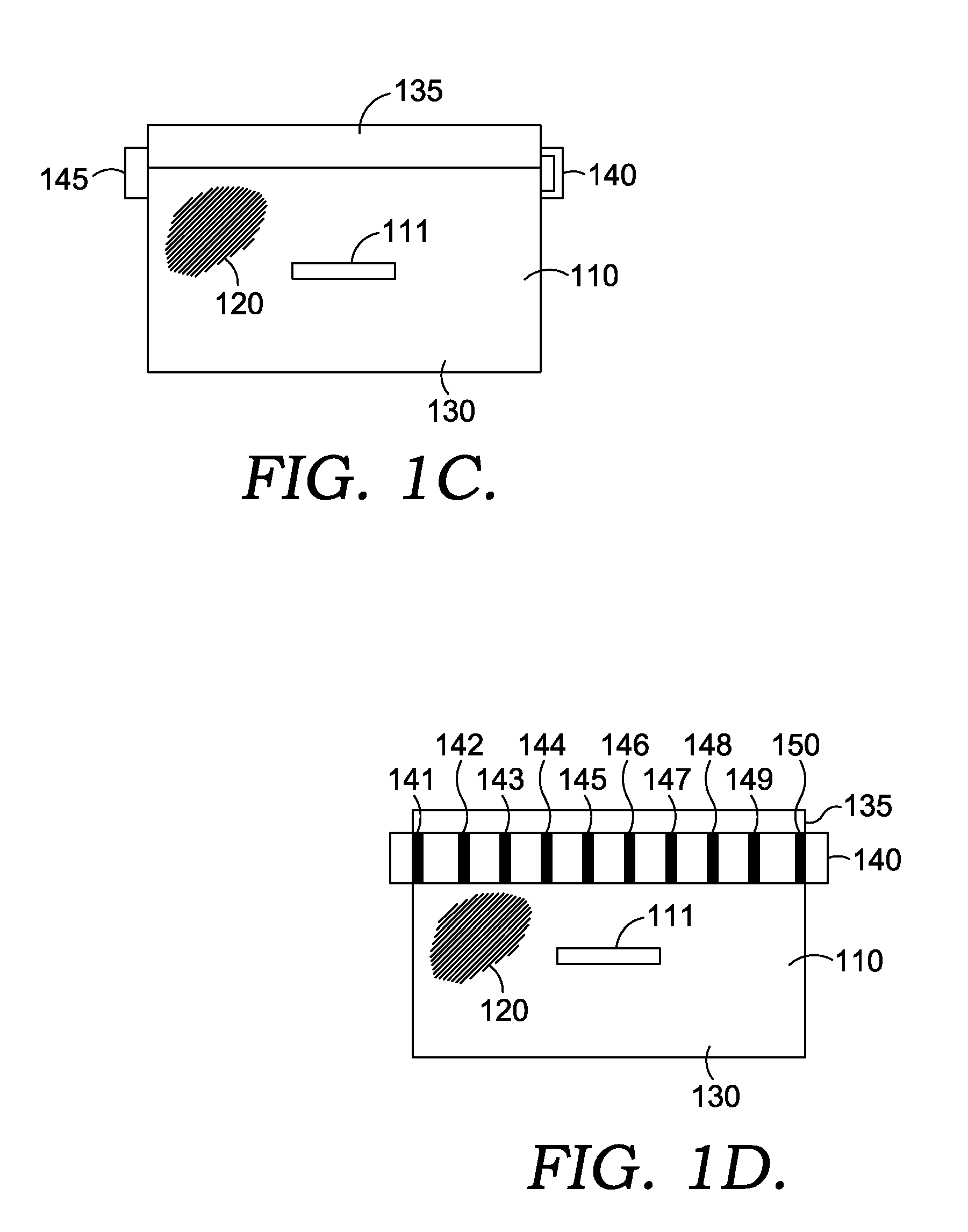Microwave Treatment Of Materials
a technology of microwave treatment and materials, applied in microwave heating, other domestic articles, electric/magnetic/electromagnetic heating, etc., can solve the problems of non-uniform workload, traditional systems and methods are particularly disadvantageous, and blow torch effect does not allow materials to be uniformly cured, etc., to achieve the effect of shortening the width
- Summary
- Abstract
- Description
- Claims
- Application Information
AI Technical Summary
Benefits of technology
Problems solved by technology
Method used
Image
Examples
Embodiment Construction
[0062]Shoe construction in general, and the construction of athletic shoes in particular, can present a challenge due to the diversity of materials used in the construction of the shoes. Different types of materials may require different processing techniques to form into individual components, and further may be difficult to join together to create a fully assembled shoe. One particular example of these challenges of differing types of materials in a typical athletic shoe may be found in the sole section of a shoe. The outsole of a shoe may typically be formed from a rubber or other durable material that may withstand contact with the ground, floor, or other surface during wear. The midsole of a typical shoe, on the other hand, may often be formed from a different material such as a foam type of material, like for example, ethylene-vinyl acetate (EVA) foam, sometimes to referred to as phylon. While other types of materials may be used to form an outsole and a midsole than these exa...
PUM
| Property | Measurement | Unit |
|---|---|---|
| internal pressure | aaaaa | aaaaa |
| temperatures | aaaaa | aaaaa |
| internal pressure | aaaaa | aaaaa |
Abstract
Description
Claims
Application Information
 Login to View More
Login to View More - R&D
- Intellectual Property
- Life Sciences
- Materials
- Tech Scout
- Unparalleled Data Quality
- Higher Quality Content
- 60% Fewer Hallucinations
Browse by: Latest US Patents, China's latest patents, Technical Efficacy Thesaurus, Application Domain, Technology Topic, Popular Technical Reports.
© 2025 PatSnap. All rights reserved.Legal|Privacy policy|Modern Slavery Act Transparency Statement|Sitemap|About US| Contact US: help@patsnap.com



